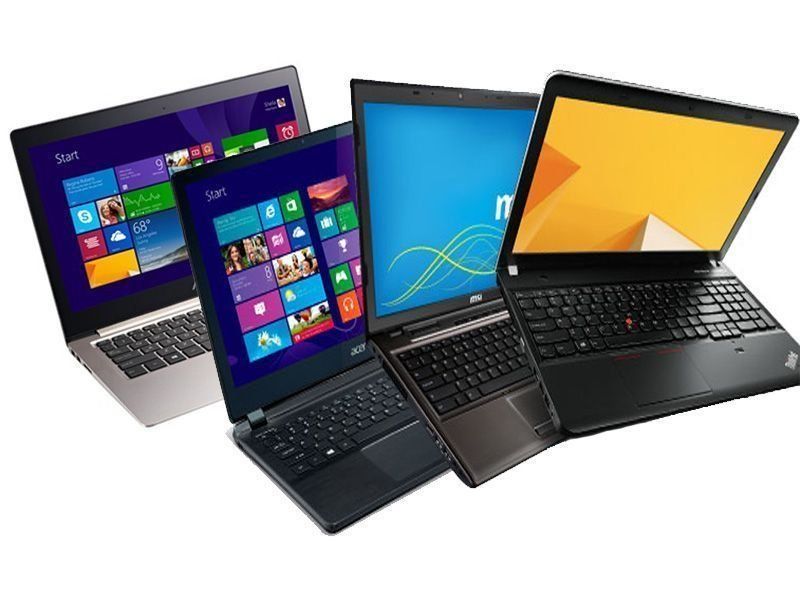Top ranking of the best ski boots in 2022
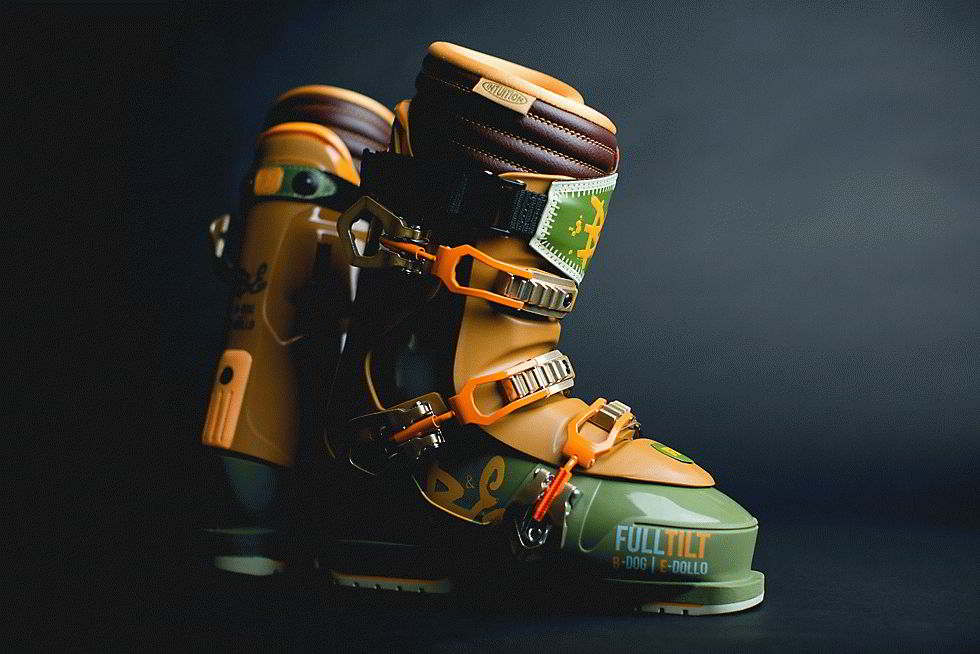
The best winter holiday is, of course, a ski resort. But for skiing, you need to carefully prepare: buy thermal underwear, a special jacket, gloves, a hat, skis and, of course, ski boots for them. Initially, such boots were made only of leather, they had strong lacing, with the help of which the leg was tightly fixed.
Over time, new materials and manufacturing technologies appeared, and the production of ski boots took a step forward. Now they have two components: internal and external. Instead of lacing, clips made of plastic or metal are now often used. The appearance has also improved a lot - now the boots are not only comfortable for skiing, but also look attractive.
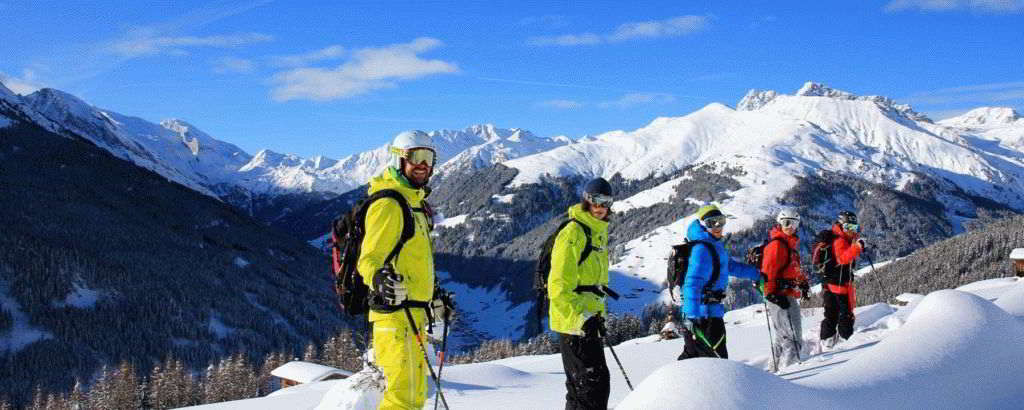
In sports equipment stores you can find a lot of different ski boots, among which the choice is suitable in size, shape, color, stiffness. The most important criterion is rigidity. Tougher ones are usually acquired by athletes or skating professionals. Beginners in this business choose softer. In general, there are such types of ski boots:
- sports;
- freeride;
- ski tour;
- new school;
- wagon.
You can learn more about modern developments, characteristics and types of boots from the video clip:
Content
Rating of quality sports ski boots
As you can tell by the name of this type of boots, they are designed for professional skiing. This includes slalom, giant slalom, downhill and others. These boots have the highest rates of stiffness. The block is narrow - about 95 mm. Boots are maximally adjusted to the athlete's foot for complete control of the skis while riding.
SALOMON X LAB 110+
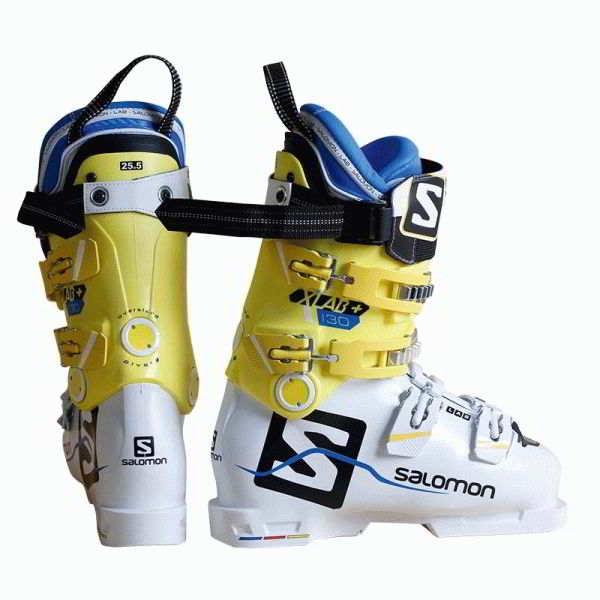
This model of ski boots belongs to the unisex category. The boot has a high rigidity. Thanks to the latest technology, the boots fit the foot perfectly.Powerful, precise and stable for professional skiers.
Characteristics:
- Hardness index: 110;
- Shoe Width: 95;
- Inner boot with My Custom Fit World Cup technology that provides a perfect fit to the boot;
- Price: from 45 thousand rubles.
- Ideal pad width;
- Professional system for fitting the foot to the boot.
- Not identified.
FISCHER RC4 CURV 130 VACUUM FULL FIT
Characteristics:
- Hardness: 130;
- Shoe Width: 97;
- 4 aluminum clips;
- Composite Flex Control technology that provides good stiffness characteristics.
- 3D canting system for fine customization;
- Average price: 39 thousand rubles.
- Composite stiffness control;
- clutch precision;
- Optimal comfort.
- Not identified.
ATOMIC REDSTER PRO 120
Boots for trail skiing.
Characteristics:
- Hardness index: 120;
- Shoe Width: 98;
- Memory Fit technology for a perfect fit in minutes
- Ultra-rigid Carbon Spine for superior responsiveness
- Price: from 37 thousand rubles.
- Carbon reinforcement for better power transfer;
- Thermoformable liner for a perfect fit
- Anatomic footbed for greater comfort.
- Not identified.
Freeride and New School Ski Boot Rating
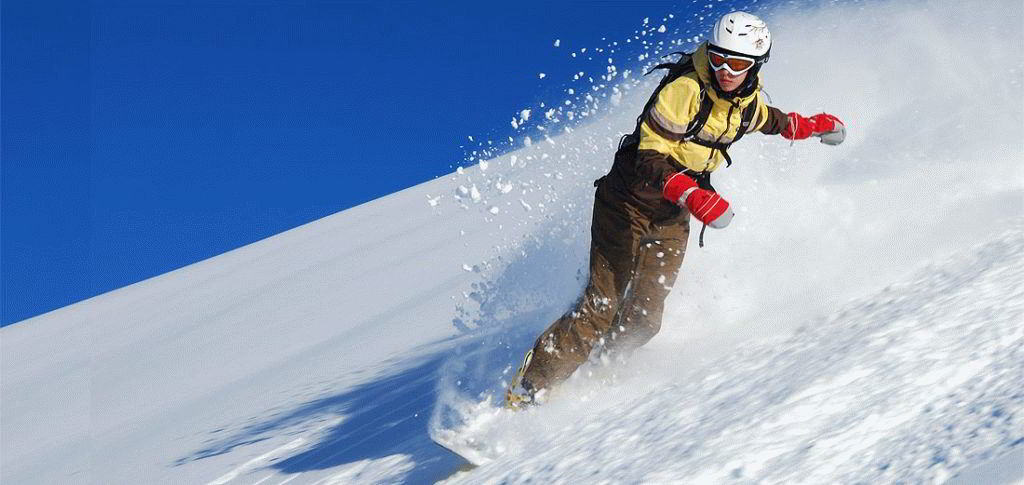
Freeride ski boots are used for freeride skiing. Freeride skis are designed to ride both on the track and in deep snow. That is, they are wider and stiffer. At first they used sports boots for this purpose, but over time they developed special, freeride boots. What is their difference from the usual ones?
For jumping and extreme riding, additional elements were created: a gel tongue and a thin soft plastic between the inner and outer layer so as not to break the shin, an absorbent element under the heel, so as not to damage the heels. Also, freeride boots need to be lighter, which is what manufacturers are aiming for, reducing the number of clips and using lighter plastic in production.
More video tips for choosing freeride and freestyle boots:
New school boots - designed for skiing in the style of new school. This is a new, extreme style of riding, which includes performing various tricks and jumps on special rails, boxes, railings, and the like. That is why there was a need to create such ski boots. They are distinguished by a wide and comfortable block, low rigidity.
For complex routes over rough terrain with extreme ascents and descents, special skis and, of course, special ski boots must be used. Good ski touring boots have more travel for easy movement, low weight, curved rubber sole for more comfortable movement on rocky areas, lacing on the liner.
We decided to combine all three types of ski boots into one group, since most manufacturers produce models for two or all three categories due to the similarity of their characteristics.
Waymaker Tour 110 Light

Model for ski-tour and freeride. Belongs to a series of high-level boots. They showed themselves excellently on difficult ascents and descents, which is necessary for a ski tour.
Characteristics:
- Outer boot made of a material that provides lightness and at the same time good support;
- Carbon reinforcement at the bottom and on the cuff for better support on steep slopes;
- The Free/Lock system allows you to unlock the cuff and lower part of the boot, which is necessary for comfortable walking and putting on the boot. If you block the system, then you can control the movements on the slopes as accurately as possible;
- Touring clips for comfortable foot movement;
- Intuition liner with Flex Zone;
- Belt width 35mm;
- Hardness index: 110;
- Live Fit Zone.
- Possibility to lock/unlock the boot;
- Special clips for greater comfort when climbing;
- A light weight;
- Carbon reinforcement.
- Not identified.
Full Tilt Seth Morrison
Designed for comfortable and safe freeride and new school riding.
Characteristics:
- Original Shell 3-Piece Design;
- Shoe 99 mm;
- Rubber Toe & Heel Sole technology provided by a natural rubber outsole;
- Aluminum clips for quick adjustment
- The Intuition Pro Quick-Fit Liner liner is built to the highest quality, with 7mm foam for warmth, a snug fit and precise power transfer;
- High hardness index;
- Price: from 22 thousand rubles.
- A light weight;
- Progressive stiffness;
- Thermal fit of the inner boot;
- Convenient adjustment;
- Maximum flexibility when bending the leg forward.
- Insufficiently high top;
- Clips often break.
Free Power Wrap 4 by Movement
Boots for freeride and ski touring from a Swiss company that produces alpine skis for freeride, ski touring and new school. They combine all the modern technologies of freeride boots and ski touring boots.
Characteristics:
- Free Power Wrap Intuition liner with high-density foam and additional wrap around the ankle for high stiffness and good heel hold;
- Hardness index: 120;
- Power Strap 40 mm for additional fixation;
- aluminum clips;
- Good adjustment from walking to riding within -20 to +25 radii;
- Price: from 28 thousand rubles.
- Convenient block;
- Convenient clip system, ankle and foot are well fixed;
- Reliable walking/skating switch;
- Good inclination and height of the shaft.
- Inconvenient second clip from the bottom, which is very tight and almost impossible to unfasten.
Rating of universal ski boots
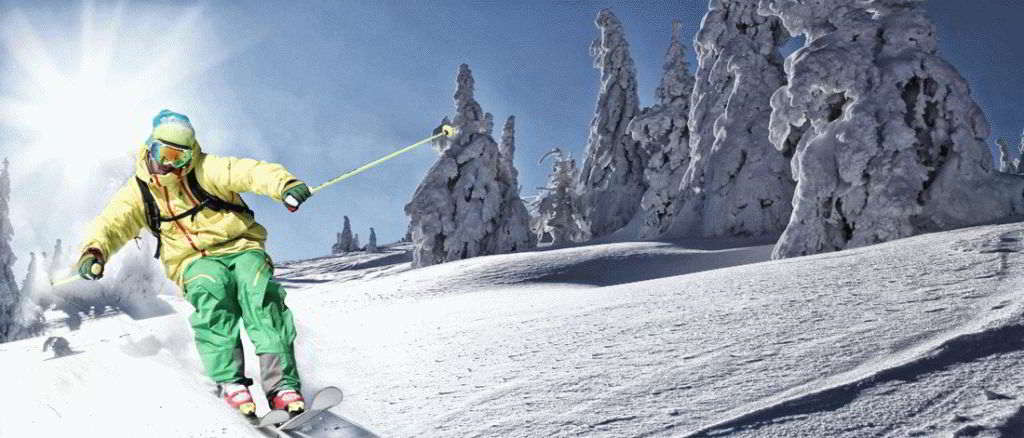
Universal boots are designed just for the widest range of users. In this line of ski boots, you can see a huge variety of models with different constructions, last widths, stiffness, etc. Outwardly, they are very similar to sports shoes, but they have less rigidity (130-150 units versus 60-130 units), a large shoe width (95-98 mm versus 98-106 mm), and universal boots are made of cheaper materials and simple technologies, and therefore cost less.
Atomic Hawk 2 130
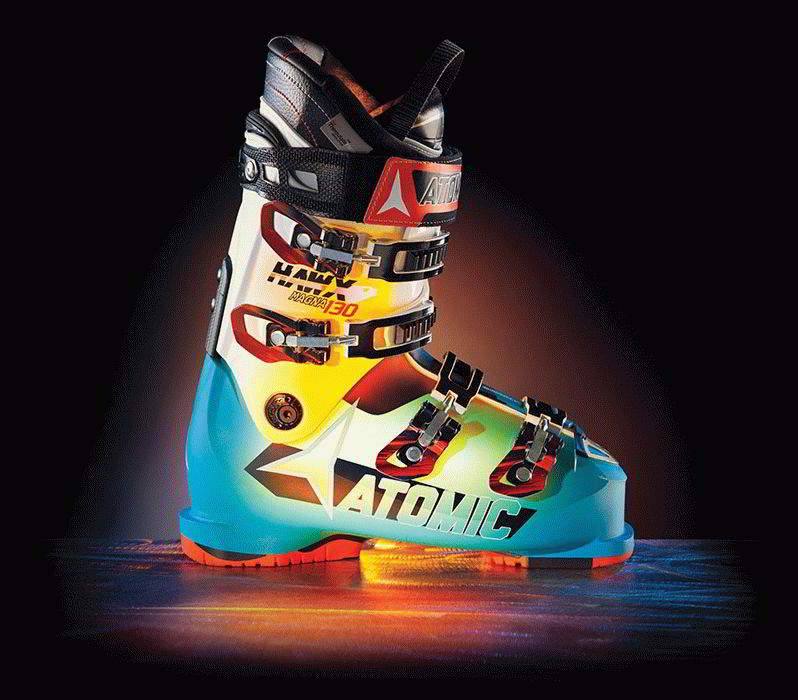
Characteristics:
- Memory Fit technology to quickly warm up the bottom of the outer boot and perfectly fit the boot to the foot;
- Tilt and stiffness adjustment within 10 units;
- Platinum insulation with 3M Thinsulate, which allows you to perfectly retain heat with a relatively small boot weight;
- A versatile foam for the liner called Dynashape Foam, with which the boot adapts perfectly to the shape of the foot;
- Cushioned outsole for better balance and control
- Belt width 45 mm;
- Hardness index: 130;
- Price: from 18 thousand rubles.
- Ideal stiffness for different riding styles;
- Good heater;
- Leg shape memory technology;
- The ability to slightly adjust the inclination of the boot and its rigidity.
- Suitable for professionals only.
Atomic Waymaker Carbon 100
Characteristics:
- Free/Lock technology to keep the shin free when putting on, walking and lifting
- Shoe 101 mm;
- Dynashape foam that adapts to the shape of the foot;
- Comfortable foot position thanks to automatically adapting Live Fit Performance zones;
- Embossed non-slip sole;
- Hardness index: 100;
- Price: from 12 thousand rubles.
- The boot adapts to the shape of the foot;
- The ability to release the shaft when necessary;
- Good response of the boot with the efforts of the skier thanks to Carbon Spine technology;
- Easy to dress;
- The inner boot is thick and warm.
- Not identified.
Salomon X Pro 120
Characteristics:
- Twinframe technology for a low boot weight combined with a comfortable fit;
- 360 Custom Shell technology for a perfect fit
- Hardness: 120;
- Block 100 wide;
- The ability to slightly adjust the stiffness;
- Inner boot with My custom fit 3D Race system for easy dressing;
- Price: from 36 thousand rubles.
- Great fit and consistent comfort
- Perfect coverage of the foot;
- Improved adjustment.
- For professionals;
- There is no adjustment for walking and riding modes.
How to choose the right ski boots and common mistakes when choosing
Some choose ski boots for the price. But this is fundamentally wrong.Boots should be selected according to selection criteria such as riding style, stiffness, weight, last width, additional technologies. Whether they are cheap or not is another matter. Convenience should be put first.
To better navigate the huge selection of models, we have compiled this rating, which is divided into several categories according to the type of ski boots. To know what type of boots to buy, you need to understand what you are going to do. It is also important to try on the boots immediately before buying, in order to fully feel the boot and understand if it is right for you.
When trying on, pay attention to whether there is pain. If they arise, then the model is definitely not suitable for you. Determine how easily you can bend your foot in the boot. If this is very difficult for you, then you need to look for a model with a lower rigidity. And if, at the moment of bending the leg, the plastic in the instep area is strongly deformed, then on the contrary, you need to pay attention to more rigid models.
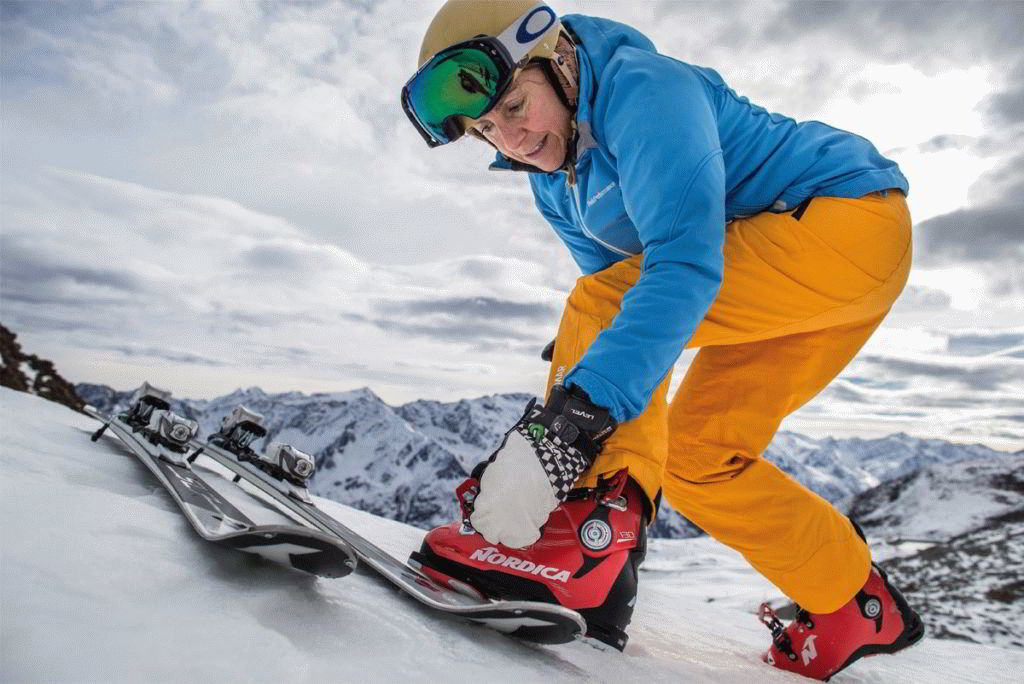
How to avoid mistakes when choosing? Remember, that:
- The shoe should fit snugly on the leg, the heel should not come off. It is a mistake to choose ski shoes with a tight toe. On the contrary, shoes should completely fit the foot. If it is cramped, then it is not scary, then it adapts to the size of the foot with the help of thermal adjustment;
- Each model must be measured. Ordering ski boots online is a big risk;
- The clip-on or lacing system should be comfortable for you. And the main thing to remember is that they are easily torn and broken and they will need to be changed often.
new entries
Categories
Useful
Popular Articles
-

Top ranking of the best and cheapest scooters up to 50cc in 2022
Views: 131652 -

Rating of the best soundproofing materials for an apartment in 2022
Views: 127691 -

Rating of cheap analogues of expensive medicines for flu and colds for 2022
Views: 124520 -

The best men's sneakers in 2022
Views: 124034 -

The Best Complex Vitamins in 2022
Views: 121940 -

Top ranking of the best smartwatches 2022 - price-quality ratio
Views: 114981 -

The best paint for gray hair - top rating 2022
Views: 113396 -

Ranking of the best wood paints for interior work in 2022
Views: 110319 -

Rating of the best spinning reels in 2022
Views: 105330 -

Ranking of the best sex dolls for men for 2022
Views: 104367 -

Ranking of the best action cameras from China in 2022
Views: 102217 -

The most effective calcium preparations for adults and children in 2022
Views: 102012




